Dogs require high-protein diets. However, there are instances when a reduction in the usual amount of proteins in a dog’s diet is required. Dogs that are sick with a certain condition can benefit more from a low protein dog food than if it were to stick to the usual high protein diet. As such if your dog has a health condition that warrants the giving of low protein foods, then you really have to provide your pet with only the best. Our team searched far and wide to bring to you 8 of the best low-protein dog foods.
1 Hill’s Science Diet Adult 7+ Chicken Meal, Barley & Brown Rice
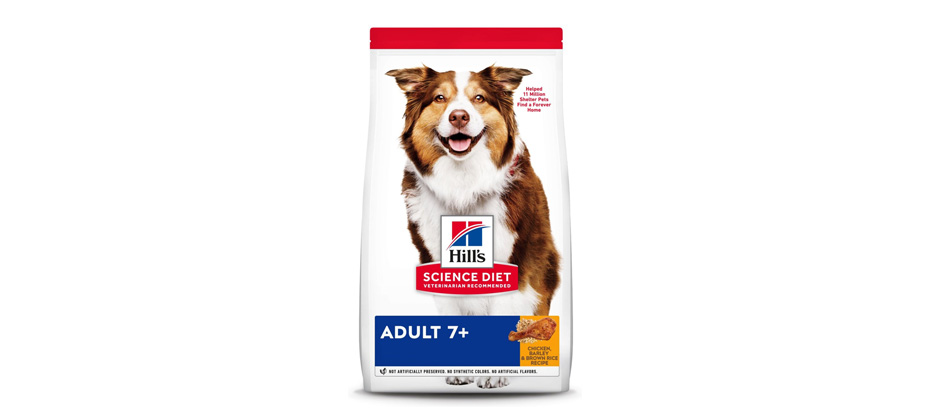
- Brand: Hill’s Science Diet
- First 5 Ingredients: Chicken Meal, Cracked Pearled Barley, Brewers Rice, Whole Grain Wheat, Whole Grain Corn
- Primary Protein Source: Chicken
- Calories: 353 kcal/cup
- Flavor: Chicken Meal, Barley & Brown Rice
- Life Stage: Adult 7+
With a minimum amount of protein at 16.5%, the Hill’s Science Diet Adult 7+ Active Longevity Dry Dog Food is undoubtedly one of the best low-protein foods in the canine world. Packed with essential vitamins and minerals, Active Longevity uses only chicken meal as its principal animal protein source.
However, for those who are wary about having gluten in their dog’s diet, the Active Longevity may not be a great buy since it does contain wheat, corn, and soy. Nevertheless, if it is low protein dog food you’re after, Hill’s Science Diet has you covered.
Chicken Meal, Cracked Pearled Barley, Brewers Rice, Whole Grain Wheat, Whole Grain Corn, Whole Grain Sorghum, Whole Grain Oats, Chicken Fat, Dried Beet Pulp, Soybean Meal, Chicken Liver Flavor, Soybean Oil, Lactic Acid, Flaxseed, Potassium Chloride, Calcium Carbonate, Iodized Salt, Choline Chloride, vitamins (Vitamin E Supplement, L-Ascorbyl-2-Polyphosphate (source of Vitamin C), Niacin Supplement, Thiamine Mononitrate, Vitamin A Supplement, Calcium Pantothenate, Riboflavin Supplement, Biotin, Vitamin B12 Supplement, Pyridoxine Hydrochloride, Folic Acid, Vitamin D3 Supplement), L-Lysine, minerals (Ferrous Sulfate, Zinc Oxide, Copper Sulfate, Manganous Oxide, Calcium Iodate, Sodium Selenite), Taurine, DL-Methionine, Oat Fiber, Mixed Tocopherols for freshness, Natural Flavors, L-Carnitine, Beta-Carotene, Apples, Broccoli, Carrots, Cranberries, Green Peas.

2 Blue Buffalo Life Protection Formula Healthy Weight
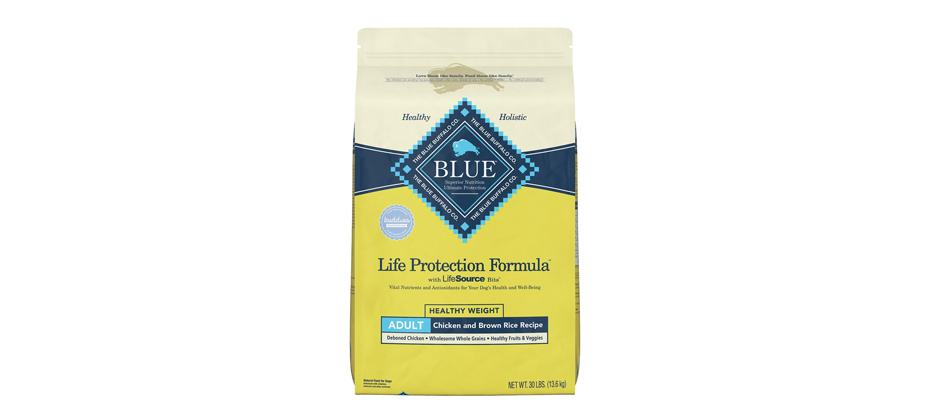
- Brand: Blue Buffalo
- First 5 Ingredients: Deboned Chicken, Chicken Meal, Brown Rice, Barley, Pea Fiber
- Primary Protein Source: Chicken
- Calories: 326 kcal/cup
- Flavor: Chicken & Brown Rice
- Life Stage: Adult
Blue Buffalo is especially known for its LifeSource Bits technology. That’s the same with its Life Protection Formulae Adult Dry Dog Food that is best characterized as a low-protein, low-calorie, and low-fat canine diet. It’s got the same nutritional goodness as other Blue Buffalo pet foods except that Life Protection is specially formulated for pets that may have a special need for lower levels of protein.
It comes with probiotics and nutraceuticals for healthier joints. Carnitine is added for better processing of proteins and other macronutrients. Life Protection is also a great choice for pet parents who may be worried about giving their pets cereal grains.
Deboned Chicken, Chicken Meal, Brown Rice, Barley, Pea Fiber, Pea Starch, Oatmeal, Peas, Potato Starch, Natural Flavor, Flaxseed (Source of Omega 3 And 6 Fatty Acids), Powdered Cellulose, Chicken Fat (Preserved with Mixed Tocopherols), Pea Protein, Dehydrated Alfalfa Meal, Dicalcium Phosphate, Potassium Chloride, Potatoes, Calcium Carbonate, Dried Chicory Root, Choline Chloride, Alfalfa Nutrient Concentrate, Salt, Dl-Methionine, Preserved with Mixed Tocopherols, Sweet Potatoes, Carrots, Garlic, L-Carnitine, Zinc Amino Acid Chelate, Zinc Sulfate, Vegetable Juice For Color, Ferrous Sulfate, Vitamin E Supplement, Iron Amino Acid Chelate, Glucosamine Hydrochloride, Blueberries, Cranberries, Barley Grass, Parsley, Turmeric, Dried Kelp, Yucca Schidigera Extract, Niacin (Vitamin B3), Calcium Pantothenate (Vitamin B5), L-Ascorbyl-2-Polyphosphate (Source of Vitamin C), L-Lysine, Copper Sulfate, Biotin (Vitamin B7), Vitamin A Supplement, Copper Amino Acid Chelate, Manganese Sulfate, Taurine, Chondroitin Sulfate, Manganese Amino Acid Chelate, Thiamine Mononitrate (Vitamin B1), Riboflavin (Vitamin B2), Vitamin D3 Supplement, Vitamin B12 Supplement, Pyridoxine Hydrochloride (Vitamin B6), Calcium Iodate, Dried Yeast, Dried Enterococcus Faecium Fermentation Product, Dried Lactobacillus Acidophilus Fermentation Product, Dried Aspergillus Niger Fermentation Extract, Dried Trichoderma Longibrachiatum Fermentation Extract, Dried Bacillus Subtilis Fermentation Extract, Folic Acid (Vitamin B9), Sodium Selenite, Oil of Rosemary.

3 Holistic Select Weight Management Chicken Meal & Peas
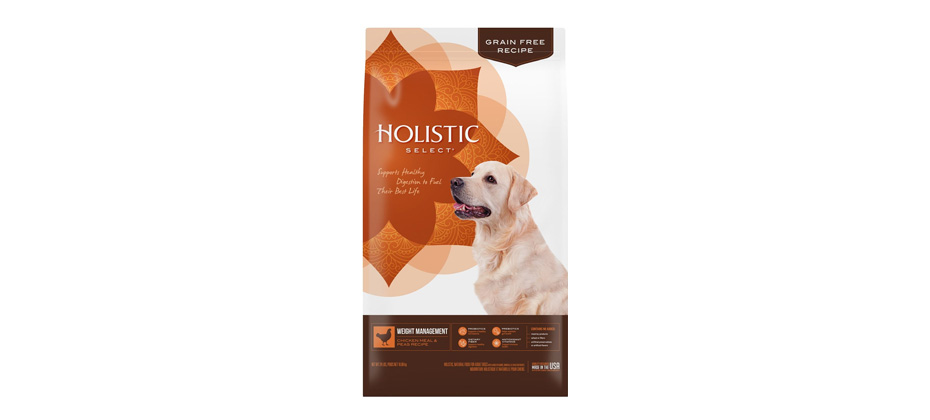
- Brand: Holistic Select Natural Pet Food
- First 5 Ingredients: Chicken Meal, Potatoes, Peas, Lentils, Dried Molasses Beet Pulp, Pea Fiber
- Primary Protein Source: Chicken
- Calories: 331 kcal/cup
- Flavor: Chicken Meal & Peas
- Life Stage: Adult
It may not have protein content that is as low as the Active Longevity of Hill’s Science Diet, but Holistic’s Select Natural Weight Management Grain Free Dry Dog Food is simply ideal for those who would like their doggies to have better digestion and enhanced immunity. The Select Natural comes with 10 species of gut-friendly probiotics which is quite unheard of.
The protein content is not bad either at 26% minimum. Plus, it doesn’t contain gluten so you can feel a lot safer giving it to your furry pal in case you’re wary of such ingredients. It even throws in carnitine and glucosamine for improved metabolism and joint health.
Chicken Meal, Potatoes, Peas, Lentils, Dried Molasses Beet Pulp, Pea Fiber, Chicken Fat (preserved with Mixed Tocopherols), Flaxseed, Dehydrated Alfalfa Meal, Pumpkin, Cranberries, Apples, Brewers Dried Yeast, Papayas, Potassium Chloride, Choline Chloride, Blueberries, Pomegranates, Vitamin E Supplement, Inulin, L-Carnitine, Dried Kelp, Zinc Proteinate, Mixed Tocopherols added to preserve freshness, Zinc Sulfate, Niacin, Ferrous Sulfate, Iron Proteinate, Vitamin A Supplement, Yucca Schidigera Extract, Glucosamine Hydrochloride, Chondroitin Sulfate, Ascorbic Acid (Vitamin C), Ground Cinnamon, Ground Fennel, Ground Peppermint, Copper Sulfate, Thiamine Mononitrate, Copper Proteinate, Manganese Proteinate, Manganese Sulfate, d-Calcium Pantothenate, Sodium Selenite, Dried Enterococcus faecium Fermentation Product, Pyridoxine Hydrochloride, Riboflavin, Vitamin D3 Supplement, Biotin, Dried Lactobacillus bulgaricus Fermentation Product, Dried Enterococcus thermophilus Fermentation Product, Calcium Iodate, Vitamin B12 Supplement, Folic Acid, Dried Bacillus licheniformis Fermentation Product, Dried Bacillus subtilis Fermentation Product, Dried Aspergillus oryzae Fermentation Product, Dried Trichoderma reesei Fermentation Product, Dried Rhizopus oryzae Fermentation Product, Dried Lactobacillus acidophilus Fermentation Product, Dried Lactobacillus casei Fermentation Product, Rosemary Extract, Green Tea Extract, Spearmint Extract

4 Nutro Ultra Adult Weight Management Chicken, Lamb & Salmon
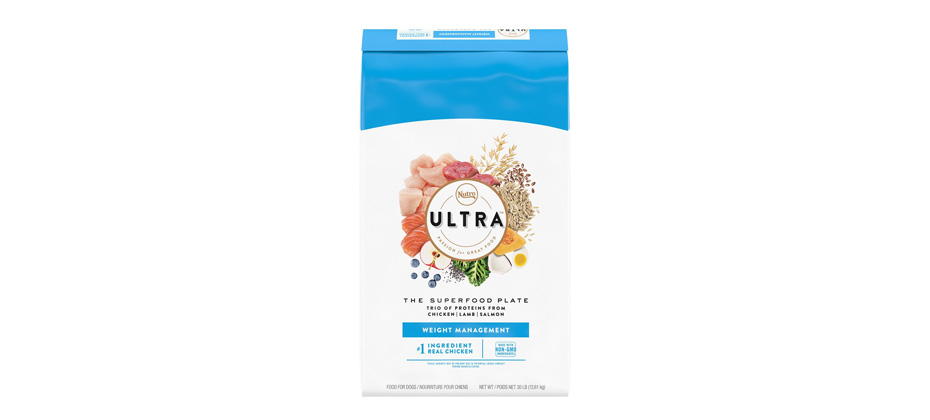
- Brand: Nutro
- First 5 Ingredients: Chicken, Chicken Meal, Whole Brown Rice, Brewers Rice, Rice Bran
- Primary Protein Source: Chicken, Lamb, Salmon
- Calories: 335 kcal/cup
- Flavor: Chicken, Lamb and Salmon Meal
- Life Stage: Adult
Nutro’s Ultra Weight Management Adult Dry Dog Food features an excellent combination of low-calorie, low-protein, and low-fat formulation and joint health-beneficial ingredients. The formulation is achieved through the use of 12 different superfoods to give your pet dog one of the best nutritional profiles in canine chow. The essential fatty acids plus taurine present in the Nutro Ultra ensures optimum central nervous system and immune system functioning in dogs. The wholesome grains in the mixture help with healthier digestion while also providing additional nutrients.
Chicken, Chicken Meal (source of Glucosamine and Chondroitin Sulfate), Whole Brown Rice, Brewers Rice, Rice Bran, Whole Grain Oatmeal, Lamb Meal (source of Glucosamine and Chondroitin Sulfate), Pea Protein, Natural Flavor, Salmon Meal, Chicken Fat (preserved with Mixed Tocopherols), Dried Plain Beet Pulp, Whole Flaxseed, Sunflower Oil (preserved with Mixed Tocopherols), Potassium Chloride, Choline Chloride, DL-Methionine, Salt, Mixed Tocopherols and Citric Acid (preservatives), Dried Coconut, Whole Chia Seed, Dried Egg Product, Tomato Pomace, Dried Kale, Dried Pumpkin, Dried Spinach, Dried Blueberries, Dried Apples, Dried Carrots, Zinc Sulfate, Niacin Supplement, Biotin, Vitamin E Supplement, Iron Amino Acid Chelate, D-Calcium Pantothenate, Riboflavin Supplement (Vitamin B2), Selenium Yeast, Vitamin B12 Supplement, Copper Amino Acid Chelate, Pyridoxine Hydrochloride (Vitamin B6), Manganese Amino Acid Chelate, Vitamin A Supplement, Thiamine Mononitrate (Vitamin B1), Vitamin D3 Supplement, Folic Acid, Rosemary Extract.

5 Natural Balance L.I.D. Grain-Free Sweet Potato & Bison
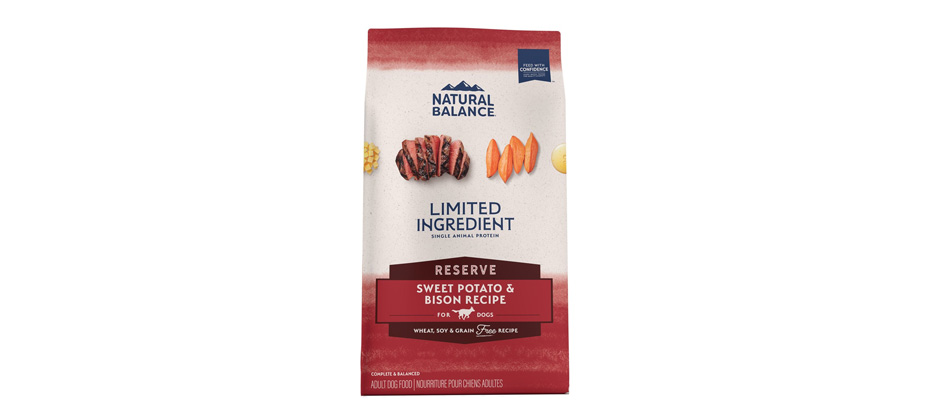
- Brand: Natural Balance
- First 5 Ingredients: Sweet Potato, Bison, Pea Protein, Potato Protein, Canola Oil
- Primary Protein Source: Bison
- Calories: 355 kcal/cup
- Flavor: Sweet Potato & Bison
- Life Stage: Adult
As the name implies, Natural Balance’s Limited Ingredient Diets Dry Dog Food very limited real food ingredients namely, bison and sweet potatoes. The remaining ingredients are technically extracts from different food sources. While Natural Balance doesn’t have protein content that is as low as Active Longevity, it still does a good job of lowering its protein content to a minimum of 20%.
This should play well for your pet that may require low-protein diets. There’s added essential fatty acids, too to help promote healthier coat, skin, and nervous and immune systems.
Sweet Potato, Bison, Pea Protein, Potato Protein, Canola Oil (preserved with mixed tocopherols), Dicalcium Phosphate, Natural Flavor, Menhaden Fish Oil (preserved with mixed tocopherols), Calcium Carbonate, Salt, Dried Potato Products, Flaxseed, DL-Methionine, Taurine, Vitamins (Vitamin E Supplement, Ascorbic Acid (Source of Vitamin C), Niacin, Vitamin A Supplement, Thiamine Mononitrate, d-Calcium Pantothenate, Riboflavin Supplement, Pyridoxine Hydrochloride, Vitamin B12 Supplement, Folic Acid, Biotin, Vitamin D3 Supplement), Minerals (Zinc Proteinate, Zinc Sulfate, Ferrous Sulfate, Iron Proteinate, Copper Sulfate, Copper Proteinate, Manganese Sulfate, Manganese Proteinate, Sodium Selenite, Calcium Iodate), Choline Chloride, Rosemary Extract, Green Tea Extract, Spearmint Extract.

6 Mattie’s Treats Kidney Disease Dog Treats
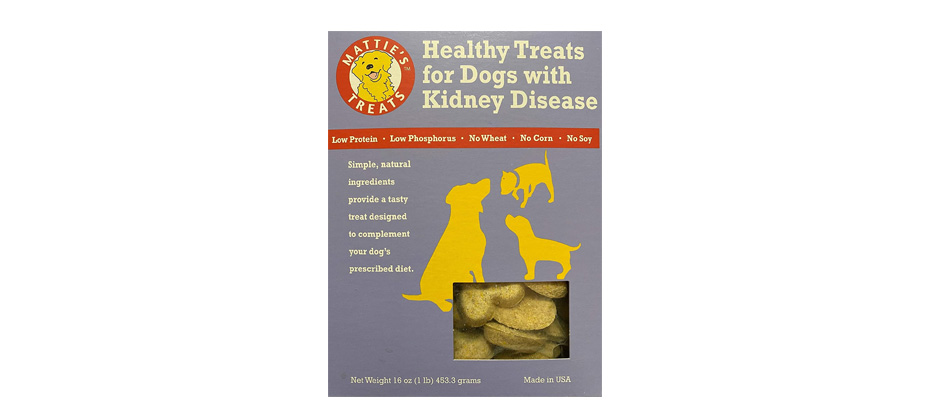
- Brand: Mattie’s Treats
- First 5 Ingredients: Light Rye Flour, Tapioca Flour, Pure Pumpkin, Cinnamon, Omega 3 Fish Oil
- Primary Protein Source: Plant-based proteins
- Calories: 19 kcal/treat
- Flavor: Pumpkin & Cinnamon
- Life Stage: Adult
Not really a dog food, Mattie’s Treats boasts of low-protein semi-moist doggie treats that uses plant-based proteins as its principal source of the nutrient. It does have fish oil added to make sure your dog also receives the full benefits of essential fatty acids. It is designed specifically for pooches that are suffering from chronic kidney disease whereby the addition of extra amounts of protein may hasten the deterioration of kidney function.
It doesn’t contain gluten from corn, wheat, or soy, too. Additionally, the low-phosphorus formulation of Mattie’s Treats can help lessen the burden on the already-ill kidneys. For a wider selection of choices, check out our Healthy Dog Treats guide.
Light Rye Flour, Tapioca Flour, Pure Pumpkin, Cinnamon, Omega 3 Fish Oil, Canola Oil

7 Royal Canin Veterinary Diet Urinary SO Dry Food
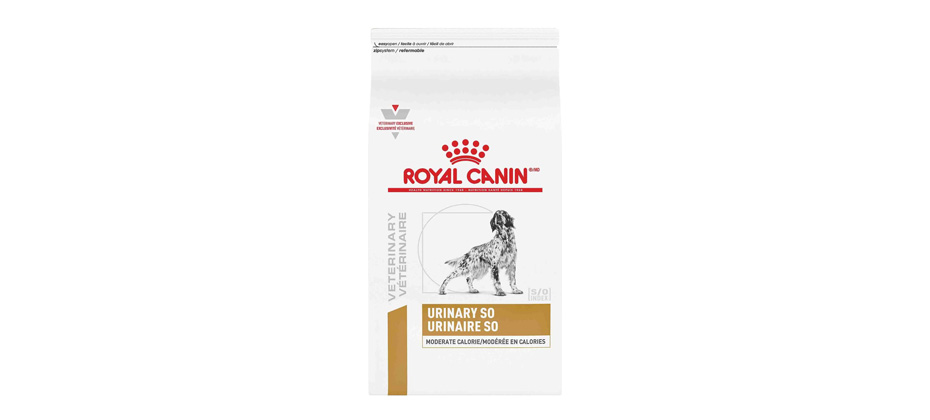
- Brand: Royal Canin
- First 5 Ingredients: Corn, Brewers Rice, Brown Rice, Chicken By-Product Meal, Corn Gluten Meal
- Primary Protein Source: Chicken
- Calories: 272 kcal/cup
- Type: Veterinary Diet
- Life Stage: Adult
If you’re looking for a really low-calorie, low-protein, and moderately low-fat diet for your canine friend, then Royal Canin’s Urinary SO Canine Veterinary Diet Dry Dog Food is an exceptional choice. As a matter of fact, the Urinary SO is especially formulated for dogs that are suffering from chronic kidney disease, helping slow down the deterioration of kidney function.
It is especially formulated with urinary acidifiers and struvite renal stone-dissolvers to aid in the healing of your dog’s kidneys. The levels of magnesium and phosphorus are quite limited, too, further lessening the workload of the urinary system. The anti-inflammatory properties of emega-3 fatty acids can also help.
You may also like our review of Royal Canin Dog Food.
Corn, Brewers Rice, Brown Rice, Chicken By-Product Meal, Corn Gluten Meal, Powdered Cellulose, Chicken Fat, Dried Chicory Root, Natural Flavors, Salt, Wheat Gluten, Vegetable Oil, Potassium Chloride, Calcium Sulfate, Fish Oil, Monocalcium Phosphate, Dl-Methionine, Fructooligosaccharides, L-Lysine, Choline Chloride, Taurine, Vitamins [Dl-Alpha Tocopherol Acetate (Source Of Vitamin E), Biotin, D-Calcium Pantothenate, Vitamin A Acetate, Niacin Supplement, Pyridoxine Hydrochloride (Vitamin B6), Thiamine Mononitrate (Vitamin B1), Vitamin B12 Supplement, Riboflavin Supplement, Vitamin D3 Supplement, Folic Acid], Trace Minerals [Zinc Oxide, Ferrous Sulfate, Manganous Oxide, Copper Sulfate, Sodium Selenite, Calcium Iodate], Marigold Extract (Tagetes Erecta L.), L-Carnitine, Rosemary Extract, Preserved With Mixed Tocopherols And Citric Acid.

8 CANIDAE Grain-Free PURE Limited Ingredient Bison, Lentil & Carrot
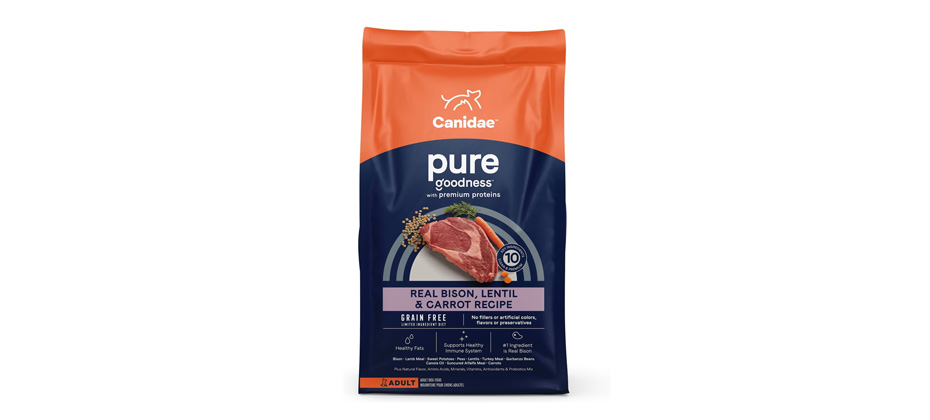
- Brand: CANIDAE
- First 5 Ingredients: Bison, Lamb Meal, Sweet Potatoes, Peas, Lentils
- Primary Protein Source: Bison
- Calories: 462 kcal/cup
- Flavor: Bison, Lentil & Carrot
- Life Stage: Adult
The dry dog food formulation of CANIDAE’s Pure Land Limited Ingredient Diet may not have the lowest amounts of protein in this list, but it sure makes up for it by including a blend of prebiotics and probiotics to aid in optimum digestive and immune system functioning.
It has the highest calorie content per serving in this list, however so you might also want to be especially cautious if your dog is already on the heavy side. With bison and lamb meal forming the core of its animal proteins, Pure Land is sure to help provide for gentler tummies. The essential fatty acids should help minimize the inflammation on the kidneys.
Take a look at our overview of CANIDAE Dog Food.
Bison, Lamb Meal, Sweet Potatoes, Peas, Lentils, Carrots, Pork Meal, Tapioca, Canola Oil, Suncured Alfalfa, Natural Flavor, Taurine, Minerals (Iron Proteinate, Zinc Proteinate, Copper Proteinate, Ferrous Sulfate, Zinc Sulfate, Copper Sulfate, Potassium Iodide, Manganese Proteinate, Manganous Oxide, Manganese Sulfate, Sodium Selenite), Vitamins (Vitamin E Supplement, Thiamine Mononitrate, Ascorbic Acid, Vitamin A Supplement, Biotin, Niacin, Calcium Pantothenate, Pyridoxine Hydrochloride (Vitamin B6), Vitamin B12 Supplement, Riboflavin, Vitamin D3 Supplement, Folic Acid), Choline Chloride, Mixed Tocopherols (A Preservative), Dried Enterococcus Faecium Fermentation Product, Dried Lactobacillus Acidophilus Fermentation Product, Dried Lactobacillus Casei Fermentation Product, Dried Lactobacillus Plantarum Fermentation Product, Dried Trichoderma Longibrachiatum Fermentation Extract. Contains A Source Of Live (Viable) Naturally Occurring Microorganisms.

Best Low-Protein Dog Food: Buyer’s Guide
Going for the best low-protein dog food in the market can be exceptionally difficult since most pet parents are not even sure when can a dog food be considered “low-protein”. To help you understand this unique nutritional requirement of certain dogs, we’ve dedicated this section to answering some of the most common questions that pet parents have about low protein dog foods and how you can choose the best one for your beloved pet.
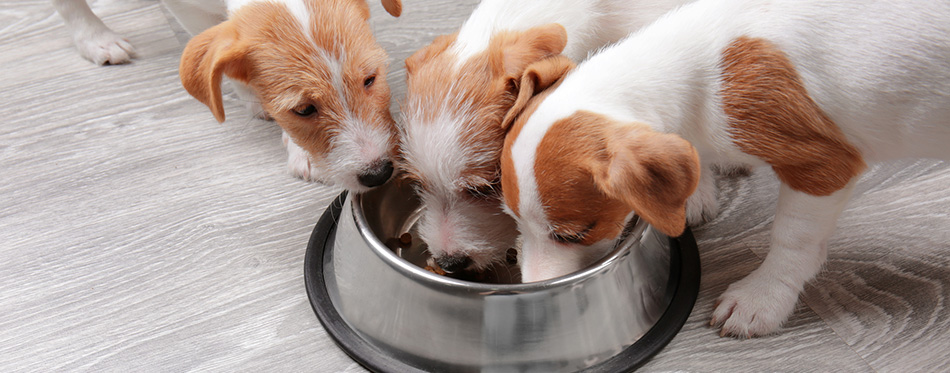
Why Do Dogs Need a Low Protein Diet?
As we have mentioned at the beginning of this article, dogs – or any organism for that matter – need proteins to help build, grow, and develop cells and tissues, synthesize hormones and enzymes as well as other substances of physiologic importance, and contribute to the overall development of the organism. Proteins, like all other nutrients and substances that enter the dog’s body, have to be processed by a variety of organs but mostly the small intestines, the liver, and the kidneys.
The small intestines are where proteins in food are digested and broken down into their component amino acids to be absorbed into the dog’s blood. The liver is the organ that processes the many byproducts of protein metabolism. The kidneys are what eliminate nitrogenous wastes and other substances so that the body will not be filled with these unnecessary molecules. It can thus be understood that any problem that may arise in these organs may require a low-protein diet. This is to allow the said organ to heal itself first as processing proteins is often an energy-intensive process.
This is especially true in dogs with chronic failure in one or both kidneys. What happens in chronic renal failure is that the kidneys are no longer filtering the blood going through its network of cells. This results in the absence of urine production. The usual high-protein diet of dogs which typically ranges between 30 and 40 percent at the minimum can lead to further deterioration of kidney function. Additionally, since the kidneys can no longer remove the nitrogenous wastes in the blood these byproducts can accumulate and lead to even more serious problems such as encephalopathy and coma.
If you need help finding high-quality dog food for kidney disease, take a look at our buying guide for support and recommendations.
The same is true for dogs that have liver problems such as hepatitis or cirrhosis. Since protein is no longer metabolized, then the accumulation of proteins in the blood can also lead to more serious problems. Reducing the number of proteins taken by dogs should help relieve the burden on this organ.
Of course, if these organs are sick, then other nutrients or substances will be affected, too.
Do take note that a low protein dog diet is not equivalent to a zero-protein diet. As we have already mentioned, dogs need proteins. But if they are sick, especially involving the kidneys or liver, then they will need lower amounts of protein.
The Question Many Pet Parents Would Like to Know is How ‘Low’ is Low?
According to experts, any dry dog food that has a minimum crude protein content of 18 percent can be considered low-protein dog food. In our list of the best low-protein dog foods, you may have noticed that only 2 products, with the exception of Mattie’s Treats, actually comply with the 18%-minimum requirement. The thing is that there is now a paradigm shift in the management of kidney problems in dogs.
Many vets today focus more on phosphorus levels rather than on the amount of protein in a dog’s diet. This paradigm shift is based on the observation that dogs with mild to moderate kidney impairments fared better when their intake of phosphorus was restricted.
However, if your dog has already been diagnosed with severe kidney problem, sufficiently high levels of protein in the urine (proteinuria), abnormally high levels of blood urea nitrogen (BUN), or even hepatic encephalopathy which is the accumulation of nitrogenous wastes in the brain, then low-protein diet is a must.
What are the Benefits of Low Protein Dog Food?
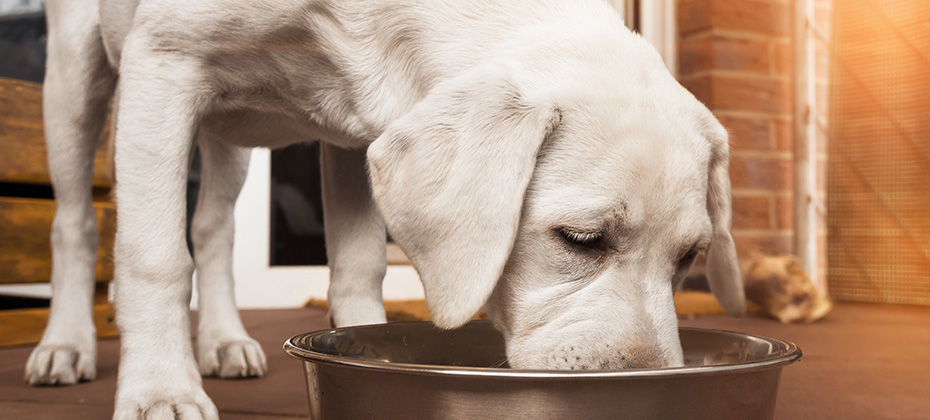
It should be clear from our discussion in the preceding section that low-protein dog foods can also provide a host of benefits, especially for canines that really have a need for such a diet. Let us summarize these benefits in the following points.
- It allows for organs involved in the metabolism and elimination of proteins and their byproducts to have a much-needed rest, while also reducing the overall work that these organs have to perform.
- It helps minimize or alleviate the symptoms associated with the disorders in these organs.
- It helps prevent the accumulation of nitrogenous wastes and other toxins in the blood which can lead to encephalopathy and other serious health conditions for your dog.
- It aids in the reduction and elimination of certain types of stones or crystals that may accumulate in the urinary bladder, leading to blockage.
Health Conditions that Might Require a Low Protein Diet

The following health conditions in dogs may require limiting protein intake.
Renal Underachiever
Clinical studies have shown the role of restricting protein intake in slowing down the disease process involved in renal failure. It is important to understand what renal failure is. This is a state of the kidneys whereby they can no longer perform their fundamental function of producing urine by filtering blood and removing wastes for elimination in the urine. Because it can no longer remove metabolic wastes, especially the nitrogenous wastes resulting from protein metabolism, then these nitrogenous wastes lead to an increase in blood urea nitrogen. If you give more protein, then there is a tendency that more nitrogenous wastes will accumulate in the blood leading to more problems.
Renal failure in dogs can be brought about by a variety of conditions such as Lyme disease, systemic lupus erythematosus, diabetes mellitus, chronic gastrointestinal diseases, genetic abnormalities, hypertension, and even skin infections.
Protein-Losing Nephropathy
There is also what experts call protein-losing nephropathy of PLN. While this is not necessarily a renal failure, PLN is considered a disease entity that is associated with a rapidly advancing renal failure. The filtering mechanism of the kidneys becomes severely damaged allowing even large molecules like protein to pass through. It’s like having a big hole in your mesh bag that all of your bag’s contents fall off. The same is true in PLN. The holes in the filtering mechanism of the kidneys have become larger, increasing the loss of proteins in urine, a condition called proteinuria. While the natural reaction is to increase protein intake to help replace the proteins lost in the urine, doing so will only increase the size of the ‘holes’ even more. Reducing the protein intake, on the other hand, will also limit the number of protein molecules lost in the kidneys.
Liver Disease
The liver is a very efficient organ especially when it comes to processing toxins. Unfortunately, the liver is not immune to developing problems. When this happens, it will no longer be able to process the various toxins in the body. One of these noxious substances is nitrogenous waste materials. When nitrogenous wastes are not effectively processed by the liver, they accumulate in the blood and can reach the brain resulting in what experts call hepatic encephalopathy. Reducing protein intake will help reduce the number of nitrogenous wastes that the liver will have to process by utilizing whatever limited resources it has left. This can help reduce if not eliminate the accumulation of nitrogenous wastes in the blood.
Bladder Stones
While accounting only for about 6 percent of all urinary bladder stones found in dogs, urate crystals have been shown to respond very well to low-protein diets especially those that come with natural acidifiers like cranberries. The important thing to understand about the use of low-protein diets in dogs with urate bladder stones is that the diet is usually temporary. Once the urate crystals have been dissolved, your dog can return to its usual high-protein diet.
Tips for Choosing the Best Low Protein Dog Food

Now that we’ve covered almost everything about low-protein diets in dogs, let us now focus on how you choose the best low-protein dog food for your pet. Here are some tips on how you can easily accomplish this.
Always Choose Animal Proteins
Whether it is a high protein or low protein, you should always go for products that have animal proteins as their primary source of proteins. Why? Animal proteins are more easily digested by your pet so there are actually more proteins that will be utilized by your dog’s cells. This can also help reduce the number of proteins that are wasted.
Look at the Minimum Percentage of Crude Protein
We mentioned that good low-protein dog food should have a minimum of 18 percent crude protein. Do take note that this is the dry matter weight of the dog food. So if you are going to get wet dog food, make sure to compute for its protein component on a dry matter weight basis. Here’s how. Suppose you have a product that contains 75% moisture and 10% protein. You will have to subtract 75% from 100% to get 25% which is the percentage of dry matter. From this 25%, you will then have to compute the percentage of protein. So, divide 10% by 25% to get 40%. This means the wet dog food actually has a minimum protein content of 40% and not 10% as printed on the label.
Go for Balance
While it is important to reduce protein intake for your dog, you still have to make sure that your dog will be getting a well-balanced meal. This essentially means that dog food should still contain all the fundamental ingredients of well-balanced canine nutrition. You may reduce its protein but if you also increase its fat, then it is also not good.
Protein is one of the 3 very important macronutrients that all organisms need to survive, especially our dogs. However, problems in the kidneys, bladder, and liver may require some degree of reduction in our dog’s protein intake. Before you consider any of our 8 best low protein dog foods, make sure to talk with your veterinarian about it first.

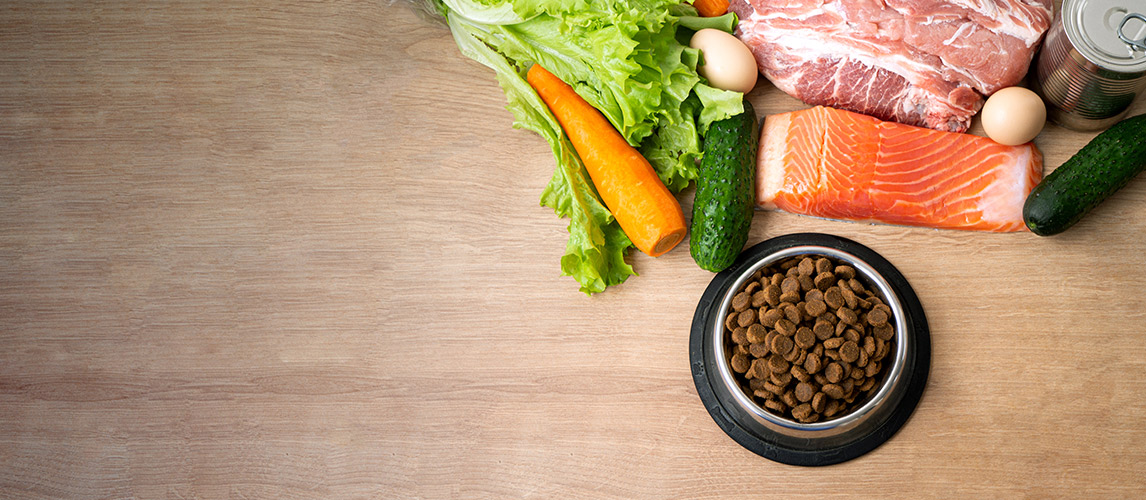
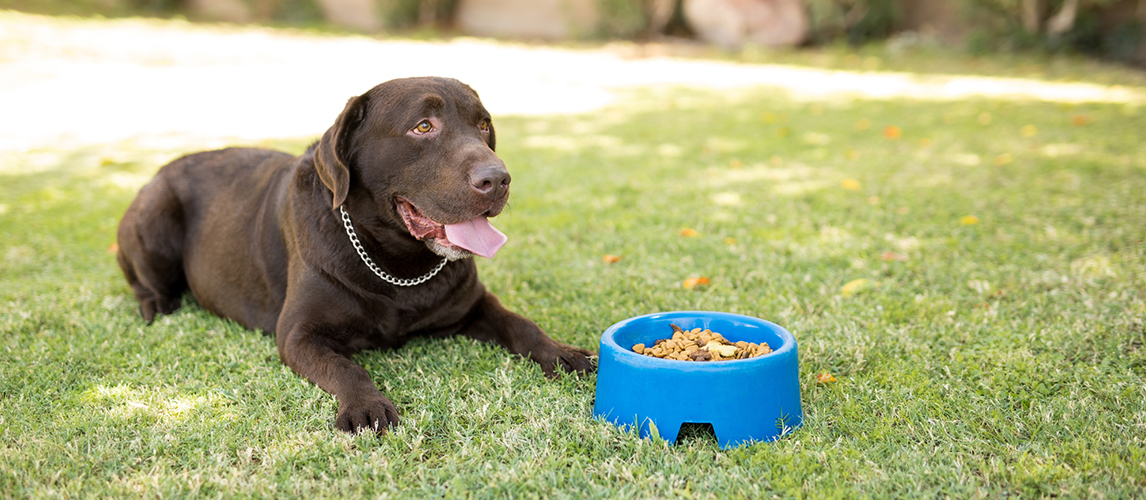

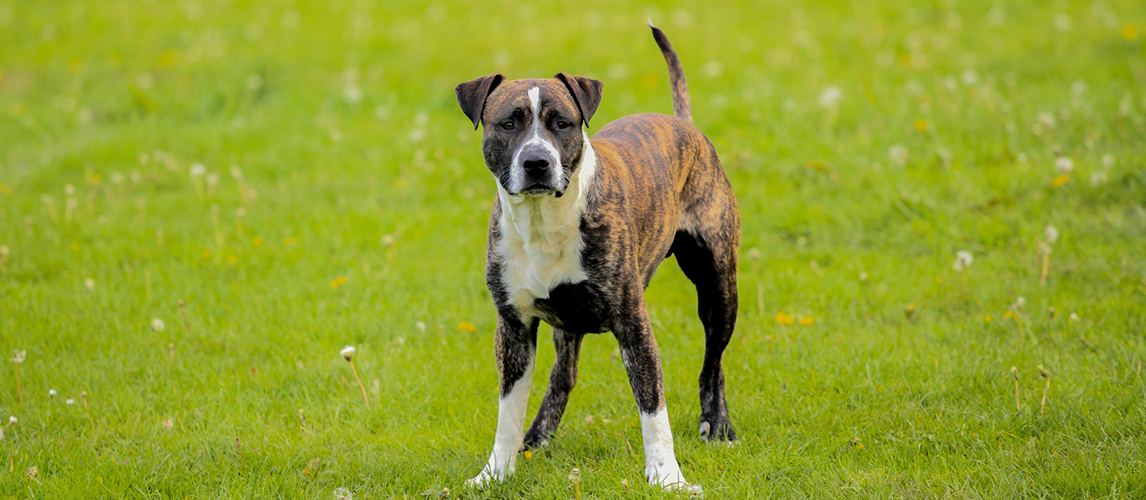
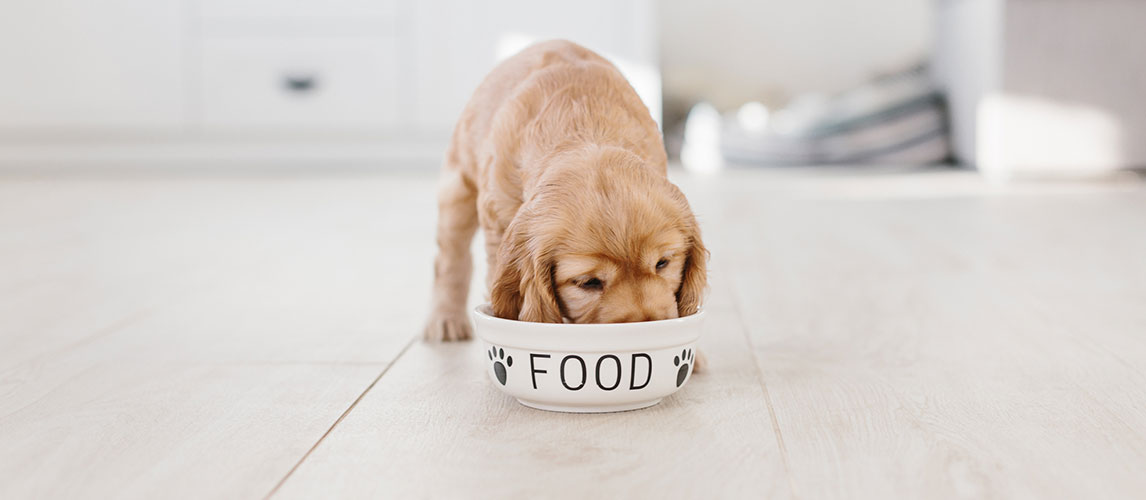
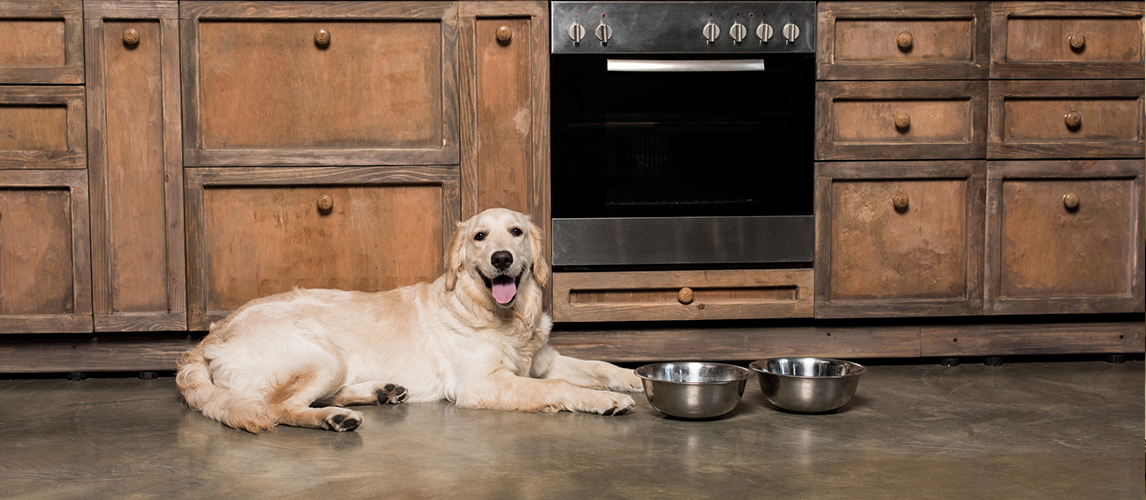

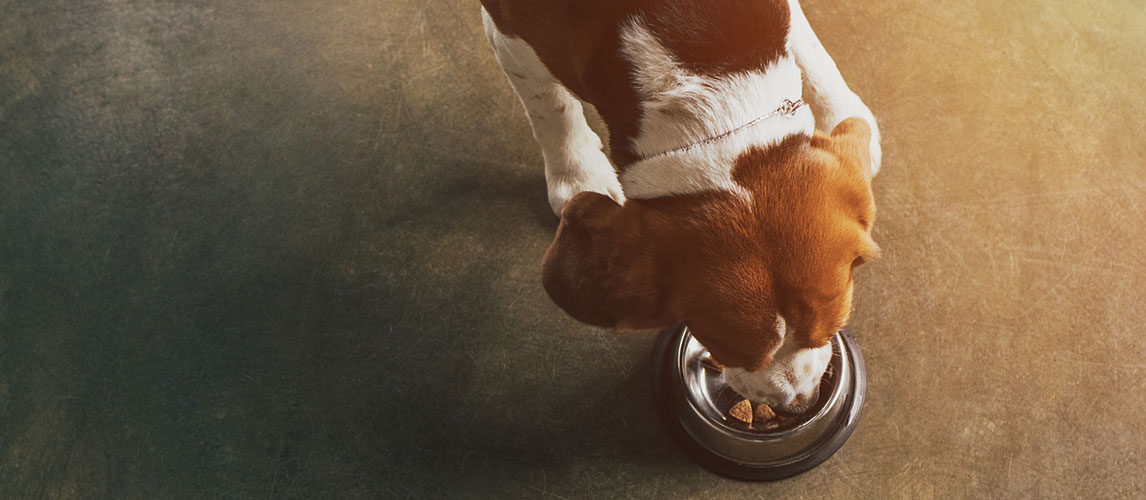
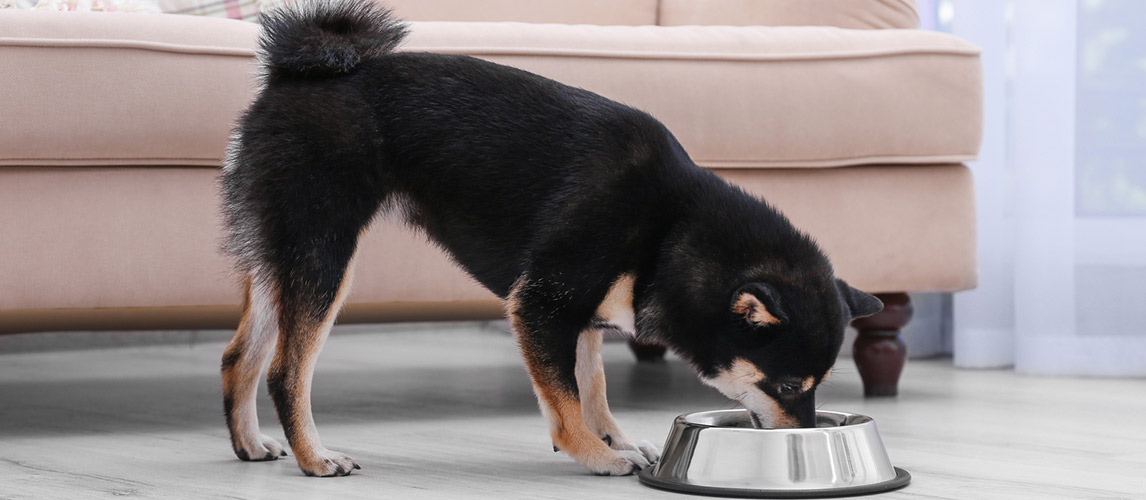
My Scottish terrier has high liver enzymes and needs to be on a low protein kibble. He has been eating Hills Metabolic weight management Lamb&Rice. He loves it and has done well with it. Now they are out of stock and have no idea when they will get it back. They said I’ll probably have to change dog foods. I don’t want to,but have no choice. What can I feed him that will work with his medical issues??